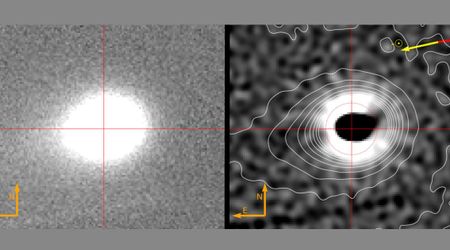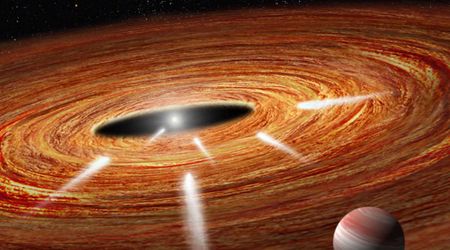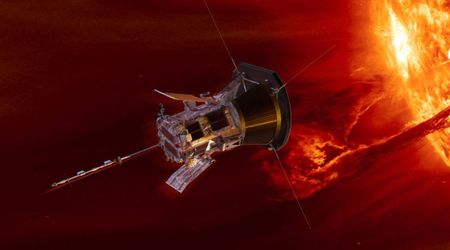Climate scientists raise concerns as the U.S. announces plans to stop sharing vital satellite data on sea ice

US climate scientists are facing a significant setback as the Department of Defence (DoD) moves to discontinue the provision of vital satellite data concerning sea ice extent. This decision, announced on June 24 and reportedly delayed until the end of July after public outcry, will sever a critical lifeline for researchers monitoring a key indicator of global climate change, as reported by Space.com.

The affected data, derived from the Special Sensor Microwave Imager/Sounder (SSMIS) aboard US Air Force Defense Meteorological Satellite Program satellites, has historically been shared with scientific institutions, including the National Snow and Ice Data Center (NSIDC) at the University of Colorado, Boulder. While the DoD utilizes this information for its own maritime operations, its cessation for scientific purposes marks a sharp departure from previous policy. This latest development follows a series of actions by the US government impacting scientific research and funding. Previous measures have included the eviction of scientific institutions like the Goddard Institute for Space Studies and the National Science Foundation, the removal of climate science references from official sites, and the cancellation of funding for hurricane forecast data. Furthermore, numerous NASA missions have reportedly faced threats of closure due to budget reductions.
From a purely scientific perspective, the loss of sea ice data is a grave concern. Sea ice acts as a crucial buffer, influencing the rate of glacier melt and, consequently, global sea levels. The Arctic and Antarctic sea ice index serves as a sensitive gauge of global warming, with diminishing ice coverage directly linked to rising ocean and atmospheric temperatures. Without access to this continuous data, scientists will be severely hampered in their ability to track the progression of climate change and assess the proximity of potentially catastrophic sea-level rises. Beyond environmental implications, there are also commercial considerations. The presence of sea ice directly impacts shipping routes, particularly those near the North Pole, where reduced ice allows for shorter and more efficient transit for cargo vessels.

Sea ice, predominantly found in the Arctic and Antarctic, is far more than just frozen water; it's a linchpin of Earth's polar ecosystems. Its intricate channels provide vital habitats for foundational life forms like algae and plankton, which in turn sustain larger marine animals. For centuries, its presence has also dictated the routes and accessibility for ships navigating treacherous polar waters. However, the ongoing melt of sea ice, largely attributed to climate change, poses a dual threat, according to NASA. Not only is it a significant driver of global sea level rise, but it also accelerates global warming itself. Ice acts as a crucial reflective shield, bouncing solar radiation back into space. As the ice transforms into dark, heat-absorbing liquid water, the planet's warming trend is intensified. Historically, instruments aboard NASA's Earth-observing satellites, including the SSMIS flown on the US Air Force Defense Meteorological Satellite Program satellites, have been instrumental in this research.
They collect critical data on sea ice reference, ocean winds, waves, and currents. This comprehensive data has been a cornerstone for scientists studying global warming's impact, the health of polar ecosystems, and even guiding best practices for maritime transport in these sensitive regions. The Department of Defense's decision to cease providing this real-time processing and data to scientists, therefore, leaves a significant and potentially blinding void in our collective ability to monitor these crucial changes.









